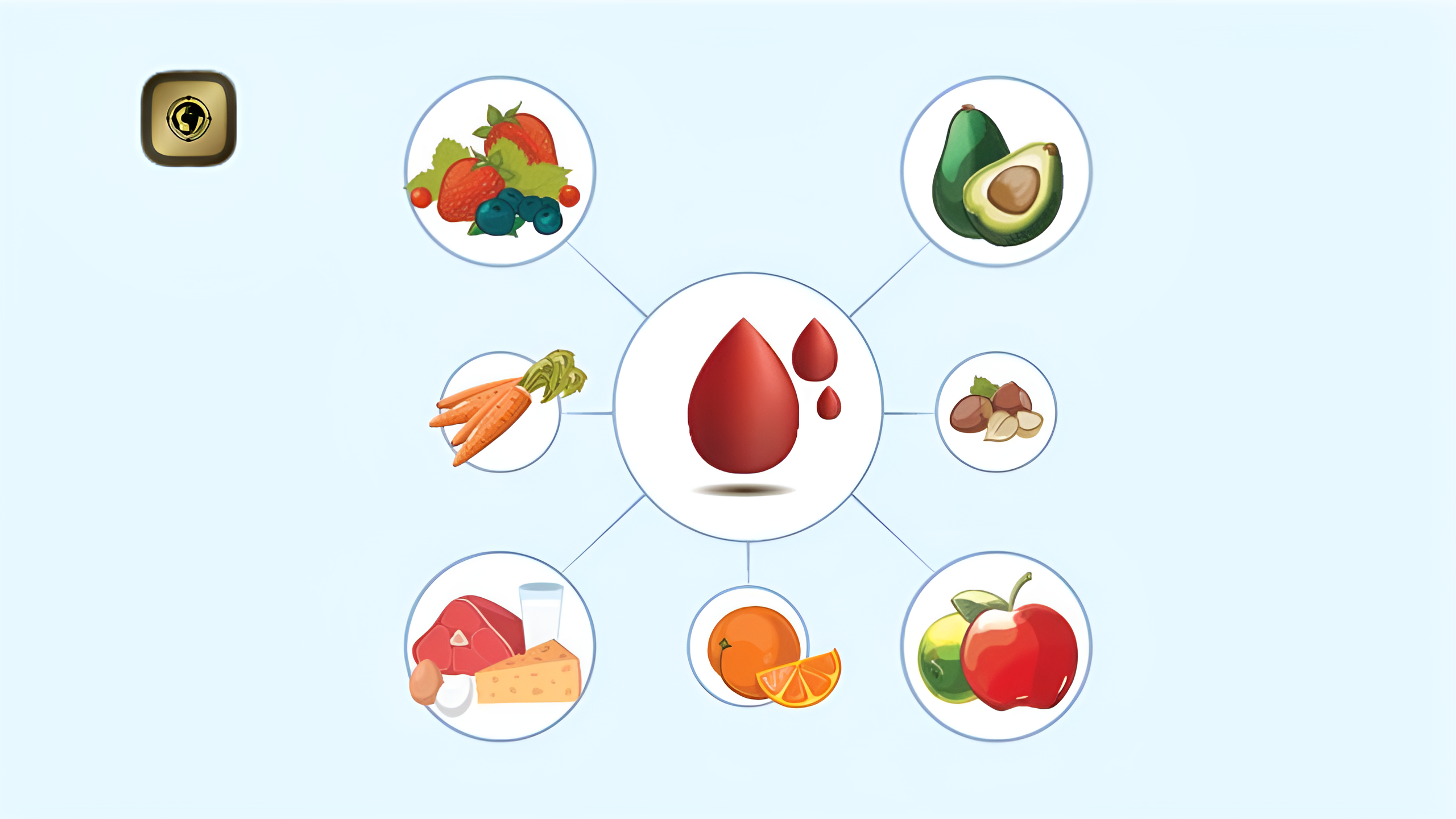April 1, 2025
Understanding High Blood Protein: Causes, Symptoms, and Management
When considering health insurance, many people focus on serious illnesses like cancer or stroke. However, early health indicators, such as high blood protein (hyperproteinaemia), can signal underlying medical issues. Addressing health concerns early is essential for long-term well-being.
What is High Blood Protein?
Hyperproteinaemia refers to an increased concentration of proteins in the blood. While proteins are crucial for immune function, nutrient transport, and fluid balance, excessive levels can indicate underlying health conditions.
Symptoms of High Blood Protein
Recognizing symptoms early can help in prompt medical intervention. Key symptoms include:
- Oedema: Swelling in the limbs due to fluid imbalance.
- Fatigue: Persistent tiredness or exhaustion.
- Unexplained Weight Loss: Sudden weight loss without an apparent cause.
- Dehydration: Reduced fluid levels due to high protein concentration.
- Difficulty Breathing: Severe cases may lead to breathing issues due to fluid accumulation in the lungs.
- Frequent Infections: A weakened immune system can result in recurrent infections.
Causes of High Blood Protein
Several factors can contribute to elevated blood protein levels:
- Inflammatory Conditions: Disorders like rheumatoid arthritis and lupus.
- Blood Disorders: Conditions such as multiple myeloma and Waldenstrom macroglobulinemia.
- Liver or Kidney Disease: Impaired organ function affecting protein metabolism.
- Dehydration: Inadequate fluid intake or excessive fluid loss.
- Infections: Chronic infections triggering immune responses.
- Certain Medications: Drugs like corticosteroids or immunosuppressants.
Managing High Blood Protein
If diagnosed with high blood protein, it is crucial to follow medical advice. Recommended actions include:
- Medical Evaluation: Consulting a healthcare professional for diagnostic tests.
- Treating Underlying Conditions: Managing illnesses contributing to high protein levels.
- Hydration: Increasing fluid intake to restore balance.
- Medication Adjustment: Modifying prescriptions if necessary.
- Dietary Changes: Adopting a healthier diet.
- Regular Monitoring: Keeping track of blood protein levels over time.
Treatment Options
Treatment depends on the underlying cause:
- Hydration Therapy: Ensuring adequate fluid intake to prevent dehydration.
- Medications: Using anti-inflammatory drugs or immunosuppressants as prescribed.
- Lifestyle Modifications: Maintaining a balanced diet, exercising regularly, and limiting alcohol.
- Treating Underlying Conditions: Addressing diseases like kidney or liver dysfunction.
Diagnosing High Blood Protein
Accurate diagnosis is essential for effective treatment. Common diagnostic methods include:
- Blood Tests: Assessing protein levels and identifying abnormalities.
- Urine Analysis: Evaluating kidney function and detecting abnormal protein levels.
- Imaging Tests: Using ultrasounds, CT scans, or MRIs to detect organ irregularities.
Conclusion
High blood protein can be an early sign of serious health conditions. Recognizing symptoms, identifying causes, and seeking timely medical intervention can help manage the condition effectively. Prioritizing health, even during one’s healthiest years, is key to preventing more severe medical issues.



Leave A Comment